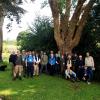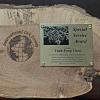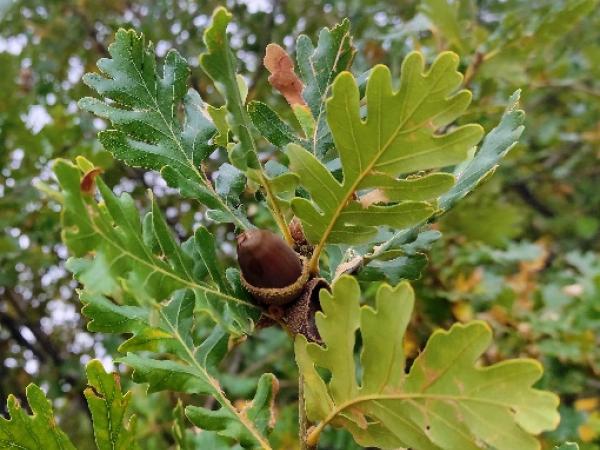Editor's Picks
Plant Focus
Project Contact: David Douterlungne, Researcher, National Council for Humanities, Sciences, and Technologies, Camino a la Presa San José 2055, Col. Lomas 4 sección, San Luis Potosí, Mexico.

Executive Summary:
Mexico, with an estimated 164 oak species, 71% of which are endemic, is a global center of oak diversity. The Sierra Madre Oriental is recognized as the most diverse oak region. However, temperate forests in Mexico are a severely threatened ecosystem, reduced to roughly 40% of their original extent. Consequently, 20% of Mexican oak species are considered threatened. Many of the Mexican oak forests are inhabited by rural or indigenous communities that heavily depend on forest products and ecosystem services as a measure to mitigate local economic opportunities. Urgent nature-based solutions involving restoration and afforestation with local short- and long-term socio-economic benefits are much needed. These actions are most effective when local landholders are involved as ecosystem stewards and native species are selected. However, these conditions are rarely met, and the lack of native species with known reproduction protocols leads to the use of non-native species like commercial pines, which displace native oaks. Local rural communities also often migrate in search of better economic realities and lose thereby much of the cultural and economic connection with their forests. Given this situation, this project addresses several critical issues: poor oak tree regeneration, the lack of native nursery-grown oak seedlings with known reproduction protocols, and the lack of economic opportunities and empowerment of rural communities related to environmental management. Therefore, this proposal aims to create local economic incentives to produce up to 80,000 native nursery-grown seedlings of 20 local oak species in two community-run tree nurseries. Seedlings will be used in ongoing afforestation programs in the protected but degraded oak forest Sierra de Álvarez (San Luis Potosí, central Mexico). Community capacity building and empowerment will be stimulated to create the right conditions for local ecosystem stewardship. Mother trees of up to 20 oak species will be selected based on acorn quality and quantity, using local knowledge. Acorns will be collected, disinfected, and sowed by community members. Seedlings will be maintained in nurseries for up to a year, where their performance will be monitored and analyzed to create species-specific reproduction protocols. Hereafter, we will facilitate negotiations between the local communities and stakeholders compromised with local restoration/afforestation programs. These actors include mining corporations, environmental government dependencies, commercial firms, and private landowners, who maintain relationships with the applicants of this project. Results will be disseminated through workshops, (social) media, and academic publications. The project aims to generate local economic returns from reproducing native oak species, creating a win-win situation that enhances ecosystem services and biodiversity while stimulating local communities to engage in ecosystem stewardship. Through capacity building and empowerment of local communities, this project seeks to generate long-term results and to serve as a model to implement in other areas.
Target Species:
Quercus ariifolia (NT)
Quercus chihuahuensis (LC)
Quercus grisea (LC)
Quercus laeta (LC)
Quercus obtusata (LC)
Quercus polymorpha (LC)
Quercus potosina (LC)
Quercus resinosa (LC)
Quercus rugosa (LC)
Quercus sebifera (LC)
Quercus tinkhami (DD)
Quercus affinis (LC)
Quercus castanea (LC)
Quercus jonesii (LC)
Quercus crassifolia (LC)
Quercus crassipes (LC)
Quercus furfuraceae (VU)
Quercus eduardi (LC)
Quercus mexicana (LC)
Quercus xalapensis (LC)















